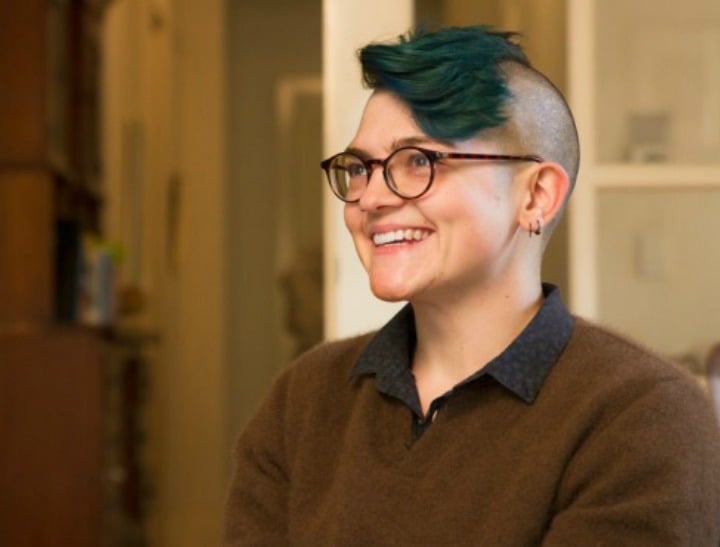
“I am transgender – my gender is different from the sex I was assigned at birth…”
Your name is Sam.
You’re unwell and so you go to see a doctor.
You arrive at the waiting room and wait to be seen.
The doctor calls you through and asks you what the problem is. You introduce yourself as Sam and describe what you’ve been experiencing.
The doctor takes a look at you – momentarily, but longer than just a glance – and finally says “Well, Sandra…”
You remind the doctor that your name is Sam. The doctor smiles at you and tells you that, really, you look like a Sandra. They go on calling you Sandra and outlining all the treatments available to Sandras. You try to point out, again, that you’re Sam and you’re not interested in treatments for Sandras. The doctor stops you and patronizingly explains how there is a difference between your feelings of Sam-ness and the doctor’s assessment of you being Sandra.
The doctor suggests you access mental health services because you’re so adamant that you’re Sam.
You leave the appointment feeling utterly dejected, voiceless, and questioning whether you actually ARE Sam if the doctor is so convinced that you’re Sandra. You realise the appointment ended without a resolution for your ill-health but instead of booking a follow-up appointment, you go straight home because you just can’t deal with the idea of a repeat of the experience you just had.


Top Comments
I recently learned that in the Phillipines, an historically Roman Catholic, conservative nation, part of the culture is for a child to be ask which gender they would like to be recognised as at the age of 12. From then on, that person is treated as their gender of choice and fully accepted by the community. So it is quite normal and acceptable to see a heavily masculine appearing person dressed and acting as female, and vice versa. It's a terrible shame, and a personal tragedy for those not identifying with the standard binary gender that they were physically born with, that our Western culture does not do the same.
I hope in my lifetime I see the day where gender is no longer simply physical and binary, but all variants are fully accepted by society; it would certainly make our world a much more interesting, joyful and kind place.